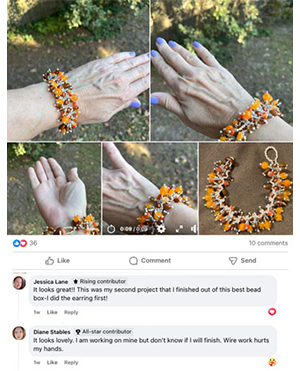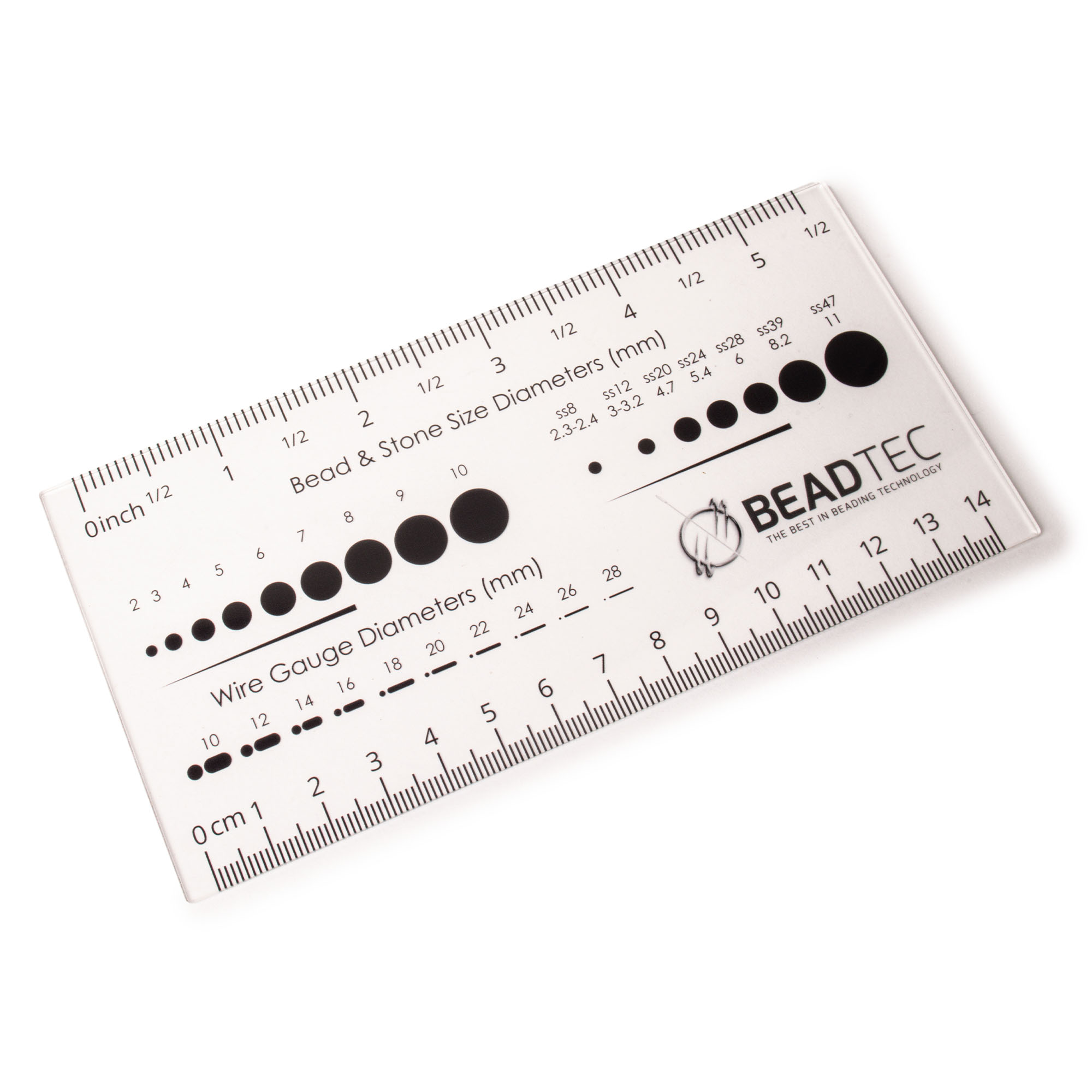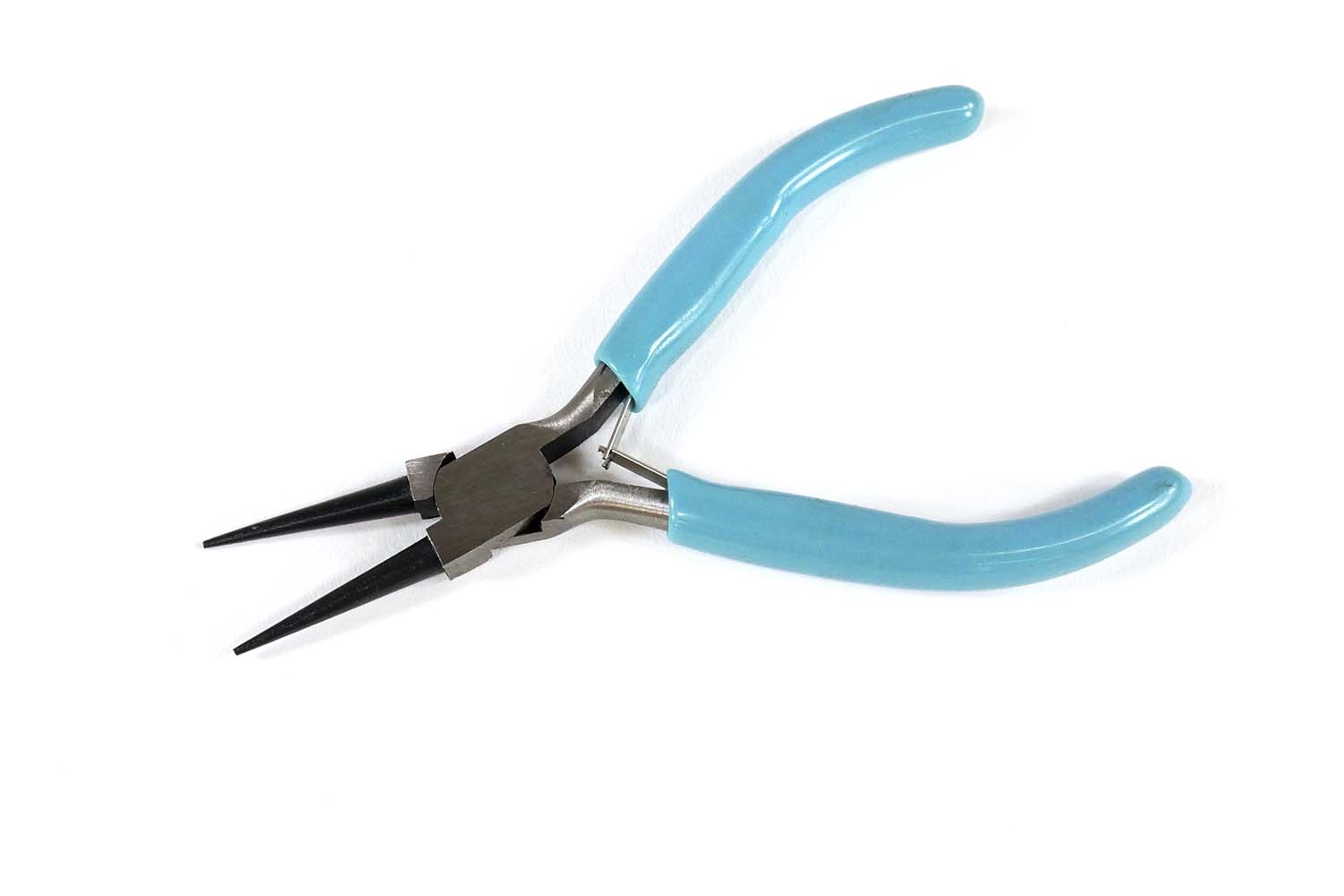- Jewelry-Making Supplies ▾
Design Jewelry with Confidence!
Seed Beads
Thread, Wire, & Stringing Materials
Athenacast Findings & Components
Everything Else
- Kits & Collections ▾
Assemble Your World
Kits & Collections
- Subscriptions ▾
Want monthly Beading Happiness?
Subscriptions
- Learn to Make ▾
Want to learn more?
- Discounts & Deals ▾
Explore Today's Promotions!
- Jewelry-Making Supplies
- Kits & Collections
- Subscriptions
- Learn to Make
- Discounts & Deals
-
Seed Beads
Thread, Wire, & Stringing Materials
Findings & Components
Everything Else
-
Kits & Collections
-
Subscriptions
- Home
- How to Make Jewelry
- Better Beader Episodes
- Which Needle Size Do I Use
Which Needle Size Do I Use

Materials Used
Materials Used
Watch the Video Tutorial
Watch the Video Tutorial
Need Any Extra Materials?
Need Any Extra Materials?
Need Any Extra Materials?
Need Any Extra Materials?
Episode Transcript
Episode Transcript
Introduction
Choosing the right needle for your beading project can make all the difference in the world. In this Better Beader episode from Potomac Beads, we'll explore the various types of needles available and help you determine which one is best suited for your specific needs. Whether you're working with delicate threads or sturdy beading wire, this guide will provide you with the knowledge to select the perfect needle for your next beading adventure.
Types of Beading Needles
There are several types of beading needles to choose from, each designed for specific purposes and materials:
- English Beading Needles: These are the most common needles used for bead weaving and embroidery. They have a long, thin shaft and a small eye, making them ideal for threading through tiny seed beads.
- Japanese Beading Needles: Similar to English beading needles, Japanese beading needles have a slightly longer and thinner shaft, allowing for even more precision when working with delicate beads and threads.
- Big Eye Needles: As the name suggests, these needles have a larger eye, making it easier to thread thicker cords or multiple strands of thread. They're perfect for beading projects that require a sturdy thread or when working with beads that have larger holes.
- Twisted Wire Needles: These needles are made from thin, flexible wire and are used for bead crochet or knitting projects. The flexible nature of the wire allows for easier maneuvering through the beads and stitches.
Factors to Consider When Choosing a Needle
When selecting a needle for your beading project, there are a few key factors to keep in mind:
- Thread or Cord Thickness: Consider the thickness of your beading thread or cord. Thinner threads will require a needle with a smaller eye, while thicker cords may need a big eye needle.
- Bead Size: The size of your beads will also influence your needle choice. Smaller beads, such as seed beads, will require a thinner needle like an English or Japanese beading needle, while larger beads can accommodate bigger needles.
- Project Type: Different beading techniques may call for specific needle types. For example, bead weaving and embroidery often use English or Japanese beading needles, while bead crochet and knitting may require twisted wire needles.
Tips for Using Beading Needles
- Always use a needle that is appropriate for your thread or cord thickness to avoid damaging the material or creating too much friction.
- When working with delicate threads, use a needle threader to help guide the thread through the eye of the needle without fraying or damaging it.
- Keep your needles organized and stored properly to prevent them from bending or breaking. A needle case or cushion is a great way to keep them safe and easily accessible.
Conclusion
Selecting the right needle for your beading project is essential for achieving the best results and ensuring a smooth, enjoyable beading experience. By understanding the different types of needles available and considering factors like thread thickness, bead size, and project type, you'll be well-equipped to choose the perfect needle for your next beading masterpiece.
Remember to experiment with different needles and find the ones that work best for your personal style and preferences. Happy beading!
Join Our Growing Community
Join Our Growing Community




Our Testimonials
Our Testimonials
- 55868 (83.8%)
- 4799 (11.4%)
- 3287 (4.1%)
- 228 (0.4%)
- 124 (0.3%)
- Favorite Reviews
- Highest to Lowest
- Newest to Oldest
- All Ratings
- 5 ★ Reviews
- 4 ★ Reviews
- 3 ★ Reviews
- 2 ★ Reviews
- 1 ★ Reviews
Loading...
Only Visible on Admin Mode
Item Description
Designer's Material List
Project Steps
Threading the Needle: Flatten the end of your thread to make it easier to thread through the needle's eye. Remember to thread the needle onto the thread rather than pushing the thread through the needle.
Handling Big Eye Needles: Use big eye needles for thicker cords like Dragon Cord. Be cautious of the sharp ends and ensure the thread moves along the needle's eye to avoid damage.
Practical Needle Usage: Always pull on the thread to tighten your work, not the needle. This prevents damage to both the thread and the needle.
Highest Quality
Products
100% Money
Back Guarantee
Fast
Shipping
Best Teaching &
Customer Service
You'll want these emails...
Get Free Projects & Inspiration
Get Free Projects & Inspiration
- Bullet 1
- Bullet 2
- Bullet 3
Copyright © PotomacBeads










